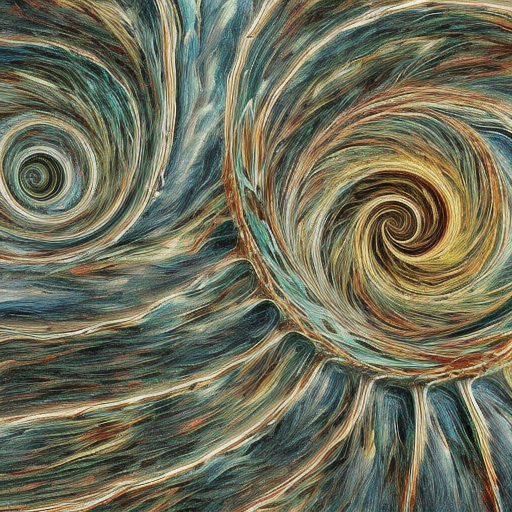Summary of “Vertigo” by Alfred Hitchcock
One-line Summary:
A retired detective with a fear of heights becomes obsessed with a mysterious woman, leading him down a twisted path of deception and betrayal.
Main Cast and Crew:
- Director: Alfred Hitchcock
- Writer(s): Alec Coppel, Samuel A. Taylor
- Main Actors:
- James Stewart as John “Scottie” Ferguson
- Kim Novak as Madeleine Elster / Judy Barton
- Barbara Bel Geddes as Midge Wood
- Music Director: Bernard Herrmann
- Director of Photography: Robert Burks
- Producers: Alfred Hitchcock, Herbert Coleman
Plot:
Retired detective John “Scottie” Ferguson is hired by an old friend to follow his wife, Madeleine, who is behaving strangely. Scottie, suffering from acrophobia (fear of heights), reluctantly agrees. As he becomes obsessed with Madeleine, he uncovers a web of deception and a plot to drive her to suicide. However, Scottie fails to save her when his fear of heights paralyzes him during a rooftop chase.
Devastated by Madeleine’s death, Scottie spirals into depression. He meets Judy Barton, a woman who bears a striking resemblance to Madeleine. Scottie becomes fixated on transforming Judy into the image of his lost love. Unbeknownst to him, Judy is actually Madeleine, and her death was part of an elaborate scheme orchestrated by her husband, Gavin Elster.
As Scottie molds Judy into Madeleine’s likeness, their relationship becomes increasingly complex. Judy’s guilt weighs heavily on her, and she longs for Scottie to love her for who she truly is. However, Scottie remains blinded by his obsession, unable to see the truth.
The film takes a dark turn when Scottie discovers the truth about Judy’s identity. Consumed by rage and betrayal, he forces her to confront her role in the deception. In a tragic climax, Judy falls to her death from the same bell tower where Madeleine died.
Themes and Motifs:
“Vertigo” explores themes of obsession, identity, and the destructive power of desire. Hitchcock masterfully weaves motifs of spirals and doubles throughout the film, symbolizing Scottie’s descent into madness and the blurred lines between reality and illusion.
Reception and Legacy:
Upon its release in 1958, “Vertigo” received mixed reviews and was initially considered a commercial failure. However, over time, it has gained recognition as one of Hitchcock’s greatest achievements. The film’s complex narrative, stunning visuals, and Bernard Herrmann’s haunting score have cemented its status as a classic.
“Vertigo” was nominated for two Academy Awards but failed to win any. Despite this, its influence on subsequent filmmakers is undeniable. The film’s exploration of psychological themes and its innovative camerawork have inspired countless directors, making it a landmark in cinema history.
Recommendation:
“Vertigo” is a must-watch for fans of psychological thrillers and Hitchcock enthusiasts. Its intricate plot, nuanced performances, and atmospheric cinematography make it a timeless masterpiece that continues to captivate audiences.
Memorable Quote:
“Only one is a wanderer; two together are always going somewhere.” – Madeleine Elster/Judy Barton












